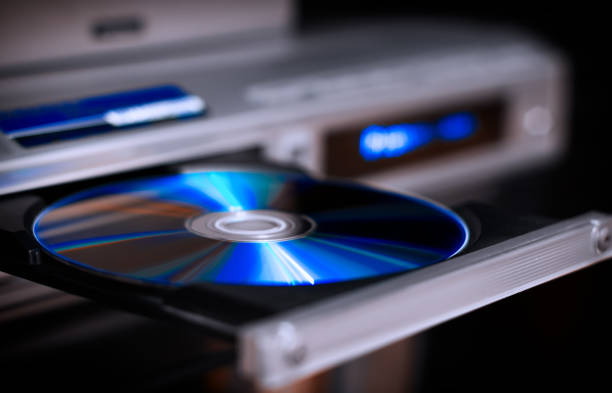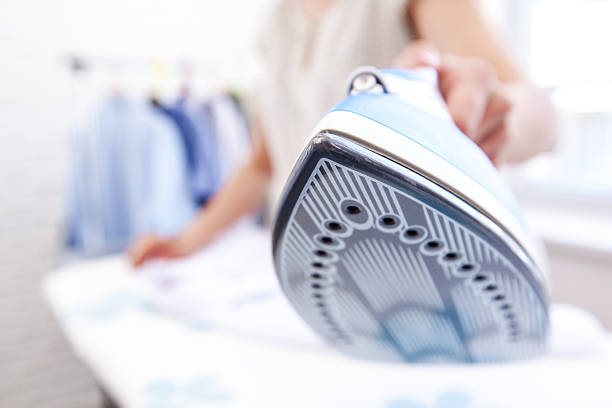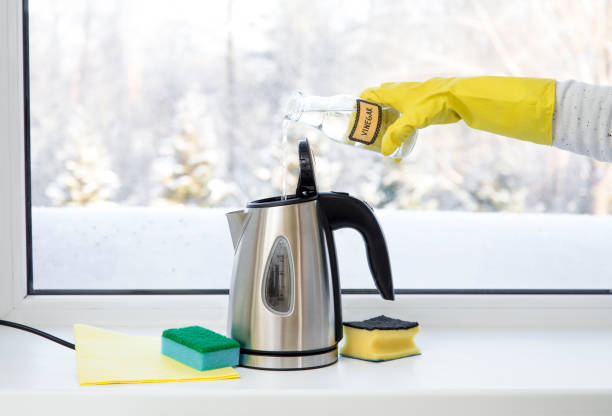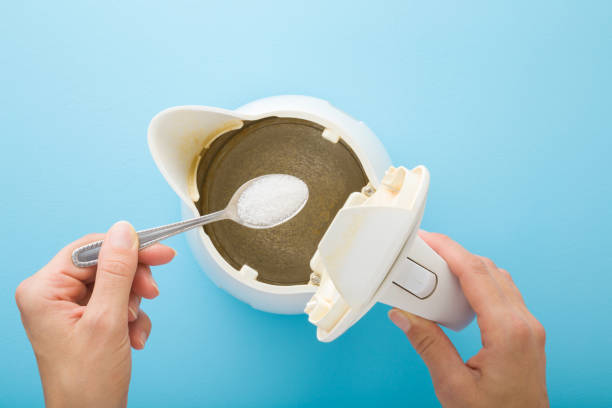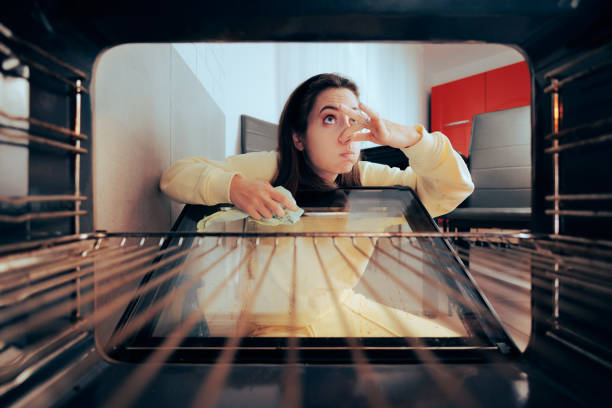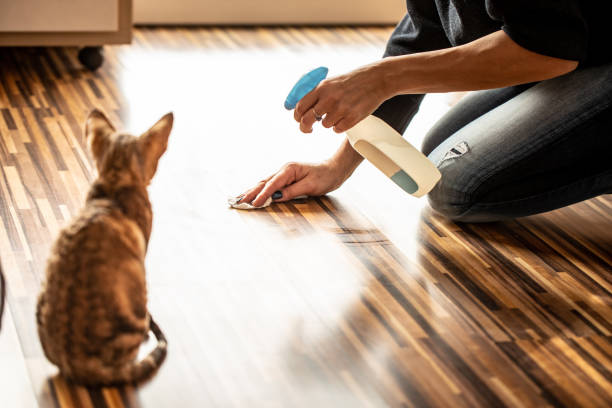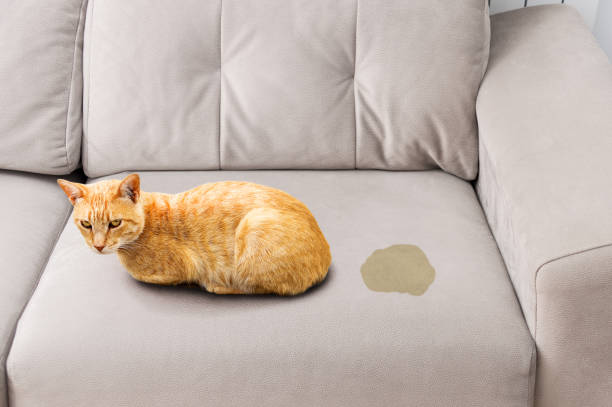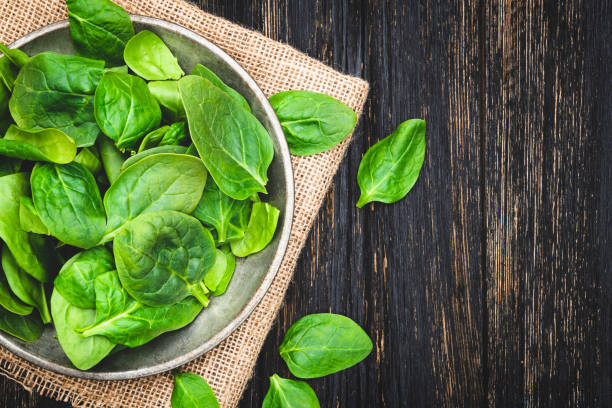We show you home remedies and tips for removing felt-tip pens. Whether a scribble needs to be removed from a child’s face or a line from other materials. Felt pen stains can be gently removed with household tricks. You can certainly be spared the expensive trip to the next cleaning.
It’s annoying when felt-tip pens adorn the sofa. You can get marker stain remover at the drugstore. However, household items such as milk, hairspray, vinegar, and nail polish remover are also inexpensive ways to remove markers. In the following list, we show which home remedies are suitable for which stain.
Check the material before removing the stain
A felt-tip pen stain is not only quickly but also inexpensively removed with the right agent. However, always bear in mind that it is possible that the stain will disappear, but that a light stain can appear due to the material fading with the appropriate home remedy. So always check a hidden spot before use to see if the material is sensitive to the home remedy in question. However, there is one exception. Your child’s skin will not fade, don’t worry! After removing the felt-tip pen, simply care for it with one of our home remedies for smooth skin.
1) Remove felt pen from skin

Every mother knows the problem: If it’s been very quiet in the house for a while and you’re happy to see how nicely the children are playing, then there is usually a very big and often very creative surprise for the parents. For example this one: The offspring comes out of the children’s room and has painted on itself with a felt pen. Keep Calm! It all goes away over time as the skin rapidly renews itself. But if you or the children do not want to have the original tattoos on the children’s skin until the skin is renewed, there are ways to clean it. There are some very simple tricks: water and soap, milk, or even lemon juice. Take a damp cloth and gently rub the child’s face clean. Also, note our tips on removing adhesive and adhesive residue.
2) Removal of a felt pen from fabric
Use more or less mild home remedies to easily remove felt-tip pen stains from textiles. But be careful: Always check a harmless part of the fabric! (Draw a line with the felt-tip pen in a place that is not visible and check the effectiveness of the remedy there first.) It would be a shame if the remedy ruined the fabric. In addition, always dab carefully from the outside so as not to worsen the stain by wiping. Of course, you can also buy a stain remover in the drugstore, but there are six ways to inexpensively remove a felt-tip pen stain from fabric with home remedies:
- Milk: Soak the fabric in milk and leave it soaked for a day. After that, wash your clothes immediately.
- Baking soda: Take a little baking soda, make a paste with water and leave it on for just a few minutes. Wash the fabric immediately afterward.
- Lemon Juice: Put some juice on the stain and wait 30 minutes before washing the clothes in the machine.
- Caution: lemon juice can bleach your fabric.
- Vinegar: Mix 1 part vinegar with 2 parts water and leave the mixture on for 30 minutes. Warning: the vinegar can bleach your fabric.
- Hairspray: Spray the stain with hairspray and let it dry. Then put it in the regular wash. No risk of bleaching!
- Acetone: Glass cleaner or nail polish remover contains acetone and can loosen felt tip stains. This home remedy is not suitable for sensitive fabrics as it is a very strong agent.
3) Remove felt tip pen from plastic
As far as it is a water-soluble marker, removing it is easy. With a bit of hot water and soap, this is quickly done. But what can you do if it’s a permanent marker? Either get a specialty stain remover from the drugstore, or put on cleaning gloves, grab a microfiber or cotton cloth, get a bucket of warm water, and use the following home remedies. The same applies again: first try out how the material reacts in an inconspicuous area and then go to work with the following home remedies:
- Soap and Water: This simple option removes only water-soluble markers from plastic. But it’s definitely worth a try.
- Special eraser: This can be used to break up and remove color pigments.
- Deodorant: Spray the deodorant on the felt-tip pen stain and let it soak in for a moment. Then wipe with the rag. If necessary, repeat the application until the pen is gone.

4) Remove marker
Edding is a special kind of felt pen. It is insoluble in water and very broad and strong. In addition, it is often used in the colors red and black and has a strong color effect. It is very annoying when this strong pen of all things accidentally lands on an object in the household. But, especially when there are children in the house, this kind of thing happens.

